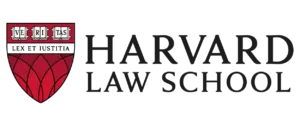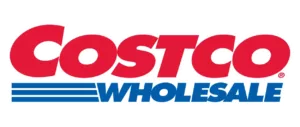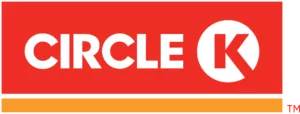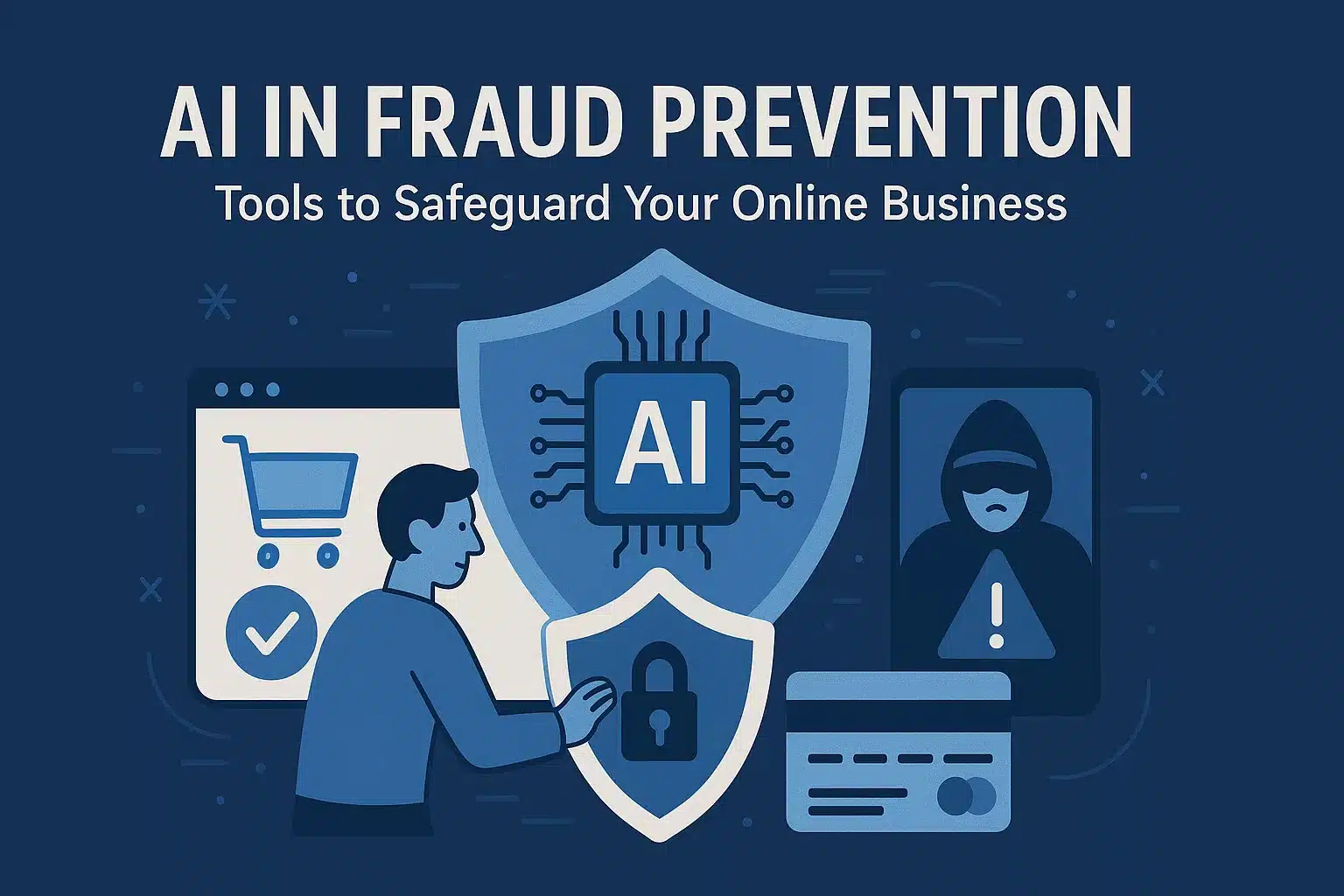“I’m so frustrated. We’ve implemented knowledge management tools and processes. We’ve integrated these into a platform to enable knowledge sharing for everyone. But nobody uses it.” Sound familiar?
You’re not alone. According to John Ragsdale, VP of technology research at TSIA, 50% of knowledge management (KM) initiatives fail in the first year, and 75% of organizations abandon the program within three years.
So, why try at all? Because the promises of effective knowledge management are so compelling, leaders are driven to try. Increased productivity. Faster time to competency for new employees. Higher customer satisfaction. Greater job satisfaction. Adopt these five simple truths to make knowledge sharing stick and write a different history for your organization.
Truth 1. People have to want to share – here’s the secret.
Knowledge sharing requires motivation, and the team needs to understand the benefits of the practices and receive the right incentives (performance measures, recognition, rewards) for that behavior.
Truth into practice: Understand and document the “what’s in it for me.” Ideally, tell the story of the benefits from the perspective of team members, the entire organization and your customers. Provide training showing both why they should share and how to do it.
Truth 2. Knowledge management is not a tool.
Having a tool by itself makes you no more effective at sharing information than having a pen makes you a great writer. Focusing on the tool alone is a road to nowhere, and TSIA research shows that 48% of employee-facing knowledge implementations and 39% of customer-facing knowledge implementations are on their 3rd, 4th, 5th (or more) solution. Knowledge management is a program enabling better, faster, easier information sharing. It involves tools, frameworks, methodologies, governance, key components that make sharing simple and fast so others can find that information easily when needed and be confident that the information is accurate.
Truth into practice: You need a KM tool. Let’s put the tool into proper perspective. Tools make it easier to find, use, reuse, and create knowledge. The tool is not a substitute for practices and behaviors.
Truth 3. Everyone is accountable to “use it, fix it, or flag it.”
People don’t have easy access to information they need, and when they do stumble across what they need, it is often out of date, stale, incomplete, or obsolete. Knowledge management addresses these two problems. The challenge is to get knowledge-sharing behaviors practiced by everyone in your ecosystem.
Truth into practice: You’re certain to spark a debate when you apply and follow this fundamental Knowledge-Centered-Supportsm best practice: use it, fix it, or flag it. And stick to your guns.
Truth 4. Embedding knowledge sharing into people’s work throughout the day.
Knowledge sharing is a set of practices and individual behaviors allowing any team to leverage the experiences and information of every member. The key to success is making these behaviors an integral part of the team’s work throughout the day.
Truth into practice: Start from where you now, regardless of your success rate to date, and move forward with the people and resources you already have.
Train how to learn, not what to remember. The team needs to know how and why their day-to-day work will change. Train how to create content others can easily access and use. Document the practices. Then recognize and reward when team members find, reuse and share knowledge.
Truth 5. Knowledge management doesn’t have to fail.
The crux of the matter: Your KM program will fail – no matter how good the tool, no matter how well-defined the processes and the methodologies – unless people actually share knowledge. Tools are easy to understand and get funded. Methodologies are easy in theory, and the individual steps are simple. But, we must actually change our habits.
Truth into practice: We’ve known forever that: “You can’t go under it. You can’t go over it. You can’t go around it. You have to go through it.” Pinpoint the bottlenecks to knowledge sharing across each group in your organization.
Measure outcomes, not activities. Understand whether your current measures will support knowledge-sharing behaviors or undermine them.
About the Author:
Bill Stockton is a co-founder of Klever, leads the Klever Training products while also handling COO-duties for the firm.
He came to Klever from Deutsche Bank in New York City, where he ran one of the world’s largest KCSsm implementations in a highly complex environment.
He has an undergraduate degree from the University of North Carolina, Chapel Hill. He lives in New York City.



















